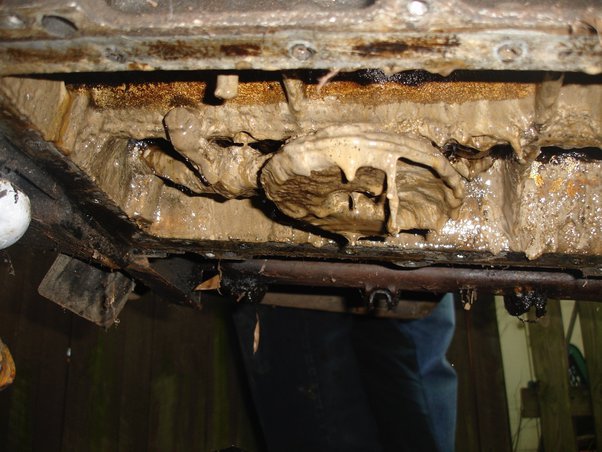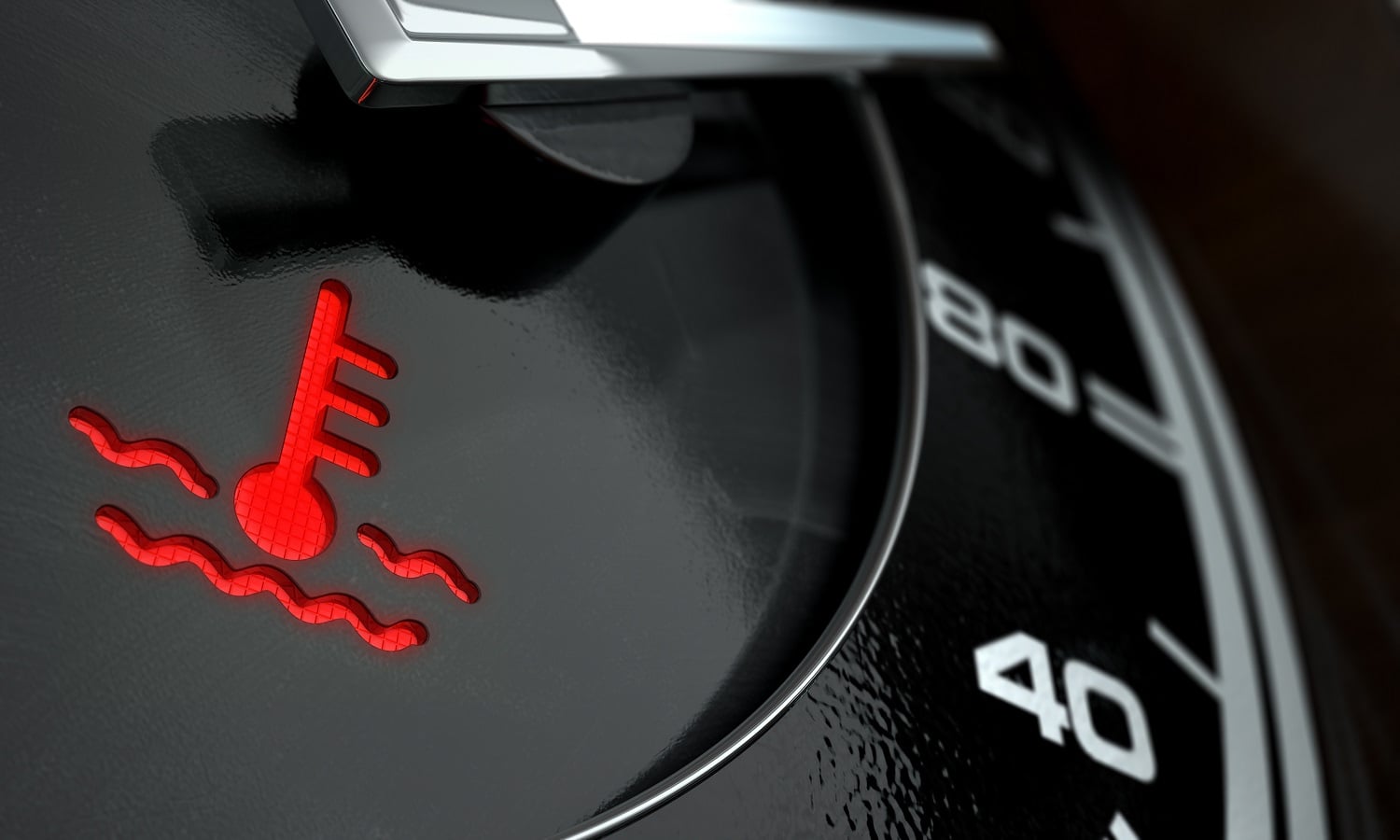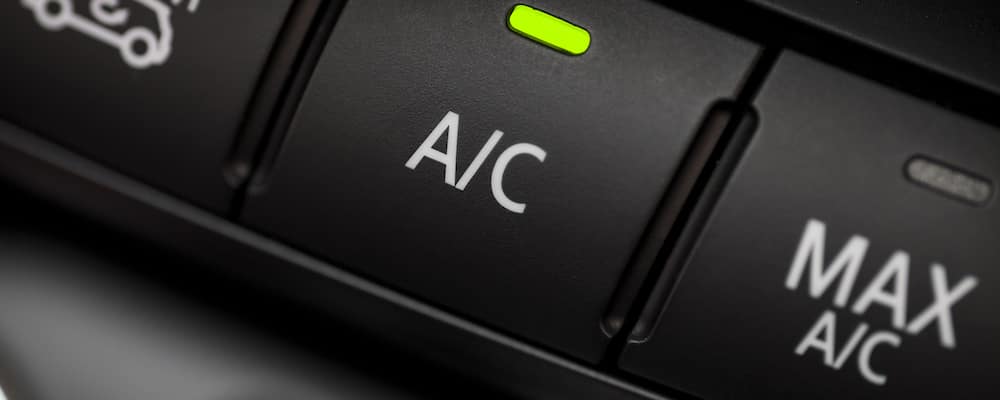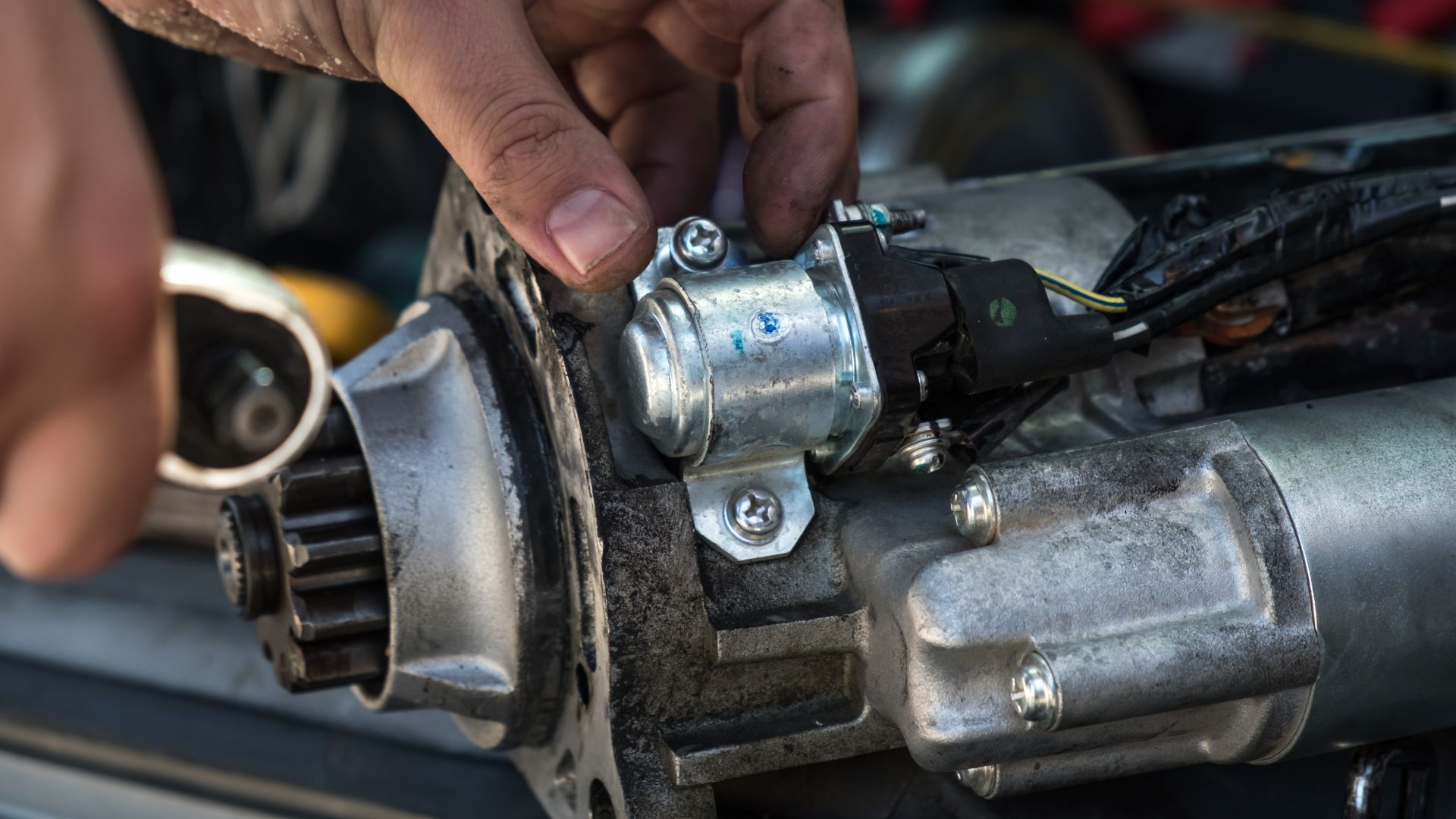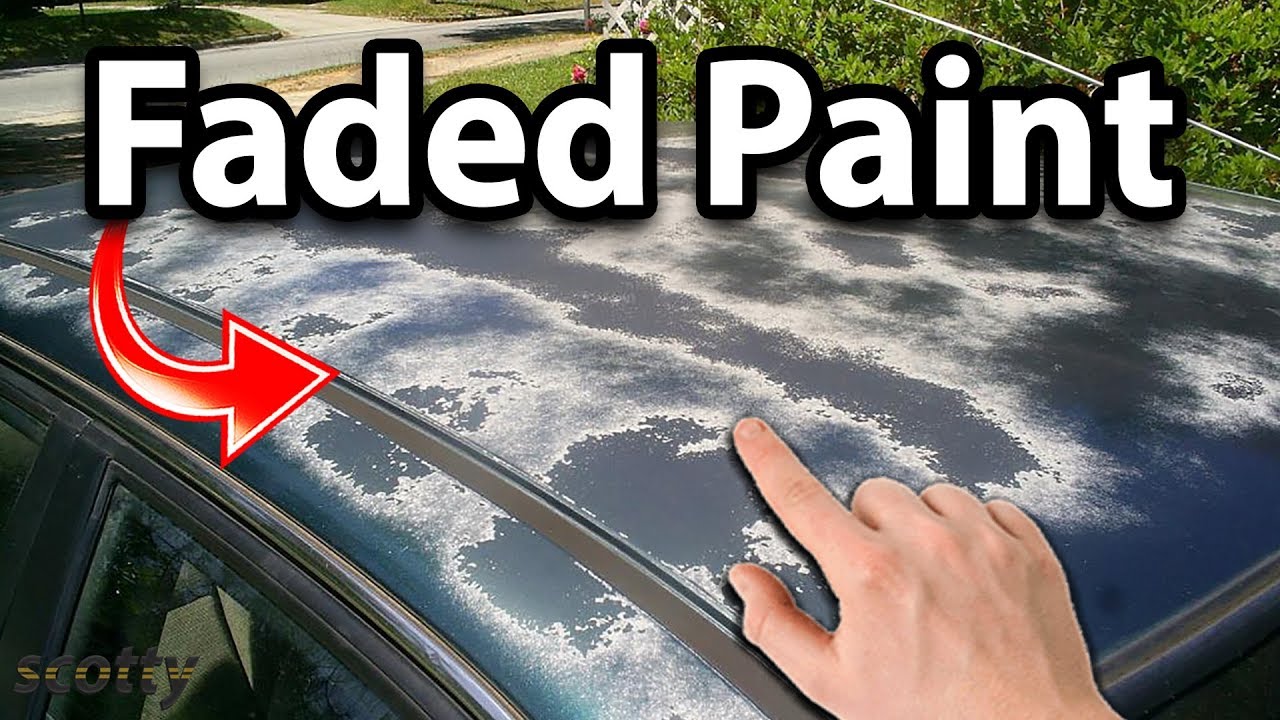Will Water in Oil Damage Engine
Water in oil can severely damage an engine. Its presence can lead to corrosion, diminished lubrication, and mechanical failure.
Ensuring your engine runs smoothly involves maintaining a vigilant watch over the oil quality. Water contamination within engine oil is a critical issue. It compromises the oil’s viscosity, hinders proper lubrication, and can cause components to wear out prematurely. Even more concerning, the resulting corrosion can lead to significant engine damage.
For car owners, spotting the milky or frothy appearance in their oil is a clear alarm signal. Swiftly addressing water contamination helps protect the engine from the costly repairs that could arise from prolonged exposure. It’s essential to regularly check oil levels and appearance to catch contamination early, safeguarding your vehicle’s performance and longevity.
Credit: www.quora.com
The Dangers Of Water In Engine Oil
Understanding the risks that water in engine oil poses is crucial for maintaining a healthy vehicle. Water intrusion can lead to significant damage, compromising the entire engine. Let’s explore these dangers in detail and understand why it is essential to keep your engine oil pure.
Corrosion And Rust Formation
Water is a known enemy of metal. When water mixes with oil, it forms an unwelcome alliance that can wreak havoc on engine internals. Check out how this mixture puts your engine components at risk:
- Engine parts begin to corrode.
- Metal surfaces rust, leading to weakness and failure.
Underneath the hood, even a small amount of rust can have huge consequences. This is why it is vital to address any signs of water contamination promptly.
Compromised Lubrication And Engine Wear
Oil’s role is to lubricate, but water exposure changes the game. Below is a rundown of the potential issues caused by water intrusion in your vehicle’s oil:
- Lubrication quality diminishes, making engine components prone to friction.
- Pieces may wear out faster than usual.
- Overall engine efficiency decreases, leading to poor performance and potential failure.
Maintaining engines free of water in oil ensures smooth operation and longevity. Regular oil checks and changes are key to engine health.

Credit: shop.advanceautoparts.com
How Water Gets Into Engine Oil
Imagine your car’s engine as a bustling city. Now, think of water as an uninvited guest wreaking havoc in this cityscape. Unchecked, water in the engine oil can lead to serious damage, diminishing your engine’s performance and longevity. Let’s dive into how these unwanted droplets find their way into the engine oil.
Condensation Processes In The Engine
Engines experience temperature changes, sometimes going from hot to cold. This can happen during short trips or when the engine sits idle. These temperature variations cause condensation, similar to how a cold soda can sweats on a hot day. Small water droplets form and can mix with the engine oil. Regular long drives help the engine reach optimal temperatures, evaporating this moisture.
Coolant System Leaks
Your engine’s cooling system uses coolant to keep it from overheating. A leak in the system, due to a cracked head gasket or a breach in the engine block, can introduce coolant into the oil. This mix is bad news, leading to a milky sludge that spells trouble for engine parts.
Environmental Factors
- Rain and floods: Wet weather can propel water into the engine oil. Deep puddles and floods are notorious for swamping engines.
- High humidity: Just living in a high humidity area increases the risk of water condensation in your engine oil.
- Poorly sealed engine: If the engine’s seals are compromised, water finds an easy path in.
Ensuring proper maintenance and regular checks can protect your engine from these intruding water sources.
Symptoms Of Water Contamination In Oil
The engine is the heart of any vehicle, and its performance hinges on the quality of the oil coursing through its components. Water contamination in engine oil is a critical issue that can lead to severe damage over time. Vigilance is key, and recognizing the early symptoms can prevent costly repairs. Let’s explore the telltale signs indicating the presence of water in the oil.
Milky Oil Appearance
One of the most apparent signs of water contamination is a milky or cloudy appearance of the oil. When you check your oil dipstick or oil filler cap, keep an eye out for any frothy, mayonnaise-like substance. This indicates that water has mixed with the oil, preventing it from properly lubricating your engine’s moving parts.
Engine Performance Issues
Water in the oil can cause a range of engine performance issues. Your vehicle may struggle to maintain power, exhibit uneven acceleration, or even stall unexpectedly. If your engine isn’t running as smoothly as usual, water contamination in the oil may be a contributing factor.
Warning Lights And Sensor Triggers
Modern vehicles are equipped with an array of sensors and warning lights designed to alert drivers to potential issues. Check engine lights or oil pressure warning signals can often be the first indication of water in the oil reservoir. Pay attention to these warnings and check your oil promptly.
Assessing The Damage
Assessing the damage that water in your engine oil can cause is crucial to maintaining the health of your vehicle. Like symptoms in your own body that point to a deeper health issue, your car’s warning signs should never be ignored. Let’s delve into what happens under the hood when water invades, and how you can gauge the severity of the situation.
Short-term Vs. Long-term Effects
When water seeps into your oil, short-term effects might seem minimal at first. A little bit of water could cause your engine to run roughly, or you might notice some steam or smoke under the hood. But don’t be fooled. Short-term reactions can rapidly lead to lasting damage if not addressed.
Long-term effects, on the other hand, are silent killers. Water in engine oil can lead to corrosion, decreased lubrication, and engine wear over time. Metal parts may rust, oil can become sludgy, and before long, the performance of your engine declines. Know the signs and act fast to prevent a bruised engine turning into a busted one.
Diagnostic Tests For Engine Health
Several diagnostic tests can be run to check for water-in-oil damage. A simple oil check might show milky or frothy oil on the dipstick, a telltale sign of water contamination. Beyond visuals, mechanics use more sophisticated tests to assess engine health.
- Oil Analysis: A sample of your oil gets sent to a lab to detect water and other contaminants.
- Compression Test: This measures the pressure in each cylinder; low pressure could indicate issues stemming from water damage.
- Leak Down Test: By introducing air into the cylinder at a specified pressure, this test determines the percentage of leakage.
These tests reveal hidden problems, guiding informed decisions on repairs or replacements. Your car’s performance depends on the engine’s health. Never underestimate the destructive power of water in your engine oil.
Solutions And Preventative Measures
When water mixes with oil in your engine, it’s a red flag. This mixture can lead to severe engine damage. Acting fast can save your engine and your wallet. Let’s explore the steps you need to take immediately, how to properly maintain your engine’s oil and coolant system, and when to call the professionals for help.
Immediate Actions To Take
If you suspect water in your engine oil, time is of the essence. Here are urgent steps to protect your engine:
- Turn off your engine to prevent further damage.
- Check the oil dipstick. Look for a milky, frothy appearance — a sign of water contamination.
- Do not restart the engine if you confirm the presence of water.
- Arrange for your vehicle to be towed to a trusted mechanic.
Engine Oil And Coolant System Maintenance
Maintaining your oil and coolant system is crucial. Follow these maintenance tips:
| Maintenance Task | Benefit |
|---|---|
| Regular oil changes | Keeps oil clean and free of contaminants |
| Checking coolant levels | Ensures adequate cooling and reveals potential leaks |
| Inspecting seals and gaskets | Prevents water from entering the oil system |
Professional Repairs And Servicing
Professional expertise is vital for your engine’s health, especially with water contamination. Trust the pros to:
- Thoroughly clean and flush the engine’s oil system.
- Inspect and repair any damaged parts.
- Perform pressure tests to ensure no future leaks.
Calling a professional can save you from major repairs down the road.

Credit: www.machinerylubrication.com
Frequently Asked Questions Of Will Water In Oil Damage Engine
Can Water In Oil Lead To Engine Damage?
Yes, water in oil can cause severe engine damage. When water contaminates the oil, it hampers lubrication, leading to increased friction, overheating, and eventually engine failure. It’s crucial to address the issue promptly to avoid expensive repairs.
How Does Water Get Into Engine Oil?
Water can enter engine oil through condensation, coolant leaks, or driving through deep water. Condensation occurs naturally, whereas leaks often indicate a failing head gasket or cracked engine block, which are serious mechanical issues.
Signs Of Water In Engine Oil: What To Look For?
Look for a milky, frothy appearance in the oil or under the oil cap, which indicates water contamination. Another sign is white smoke from the exhaust or an inconsistent engine running temperature. If noticed, inspect immediately.
What Immediate Steps Should Be Taken If Water’s Found In Oil?
If water is found in the oil, stop running the engine to avoid damage. Have the vehicle inspected by a mechanic who can diagnose the source of the water and suggest an appropriate repair strategy.
Conclusion
Water contamination in engine oil is a serious concern, capable of causing significant engine damage. Regular checks and prompt action when issues arise can save both your car’s health and your wallet. Remember, prevention is always better than facing costly repairs.
Safeguard your engine’s future by staying vigilant for any sign of water infiltration.

